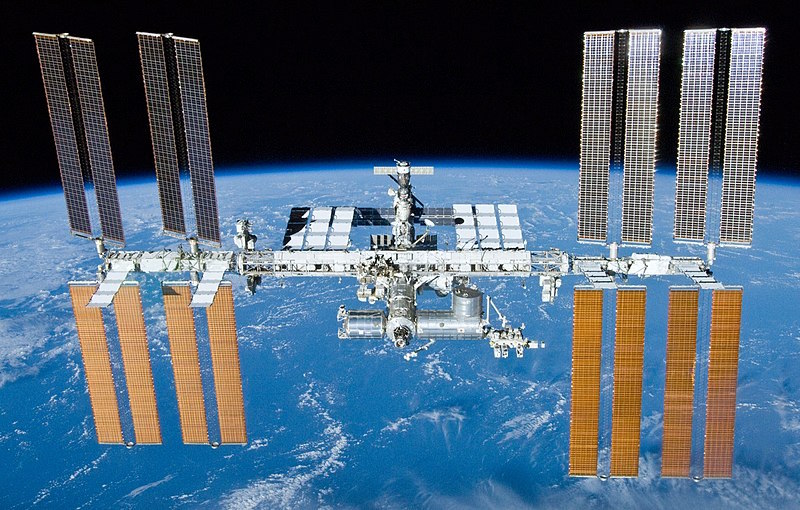Since 1992, we’ve discovered over 4,000 exoplanets in star systems across the universe. Planetary scientists are searching for answers to some of life’s key questions: Are we alone? What makes an exoplanet potentially habitable? And what conditions do there need to be on that world in order for life to exist?
Researchers have long used our own home—which lies within the sun’s habitable zone and is home to lots of liquid water—as the gold standard, seeking out planets in other systems that are just like Earth.
When evaluating the potential for life on other worlds, planetary scientists often assess its size, mass, and atmosphere first.
Now, one team argues it may be time to broaden our horizons.
Researchers from the University of Chicago are using NASA computer models to forecast how ocean circulation on other worlds contributes to the probability that life may exist there. Efforts like these help us pinpoint which worlds elsewhere in the solar system and beyond should be evaluated for study.
Greece: Turkey is falsifying history about Pontian Genocide
“This study starts the process of assessing the impact that ocean circulation has on nutrient cycling, biological productivity and, potentially, the detectability of life on exoplanets,” study coauthor and University of Chicago associate professor Dorian Abbot said in a press statement. While the study recently appeared in the Astrophysical Journal, you can read it on the pre-print website arXiv.org here.
Water is a key ingredient for life on Earth and likely on other worlds, too. A complex conveyor belt of ocean currents keeps life in our oceans healthy. Animals that live in the top layers of the ocean eventually die and sink down into the depths. Through a process called up-welling, these nutrients are brought back toward the surface where they can reseed life and foster biodiversity.
Read more: Popular Mechanics






































